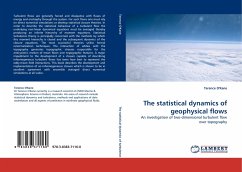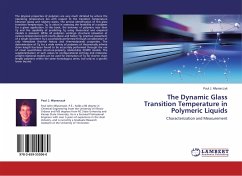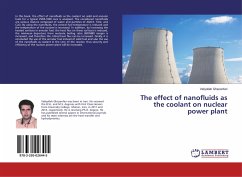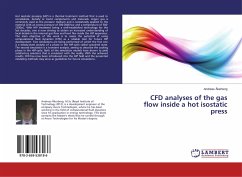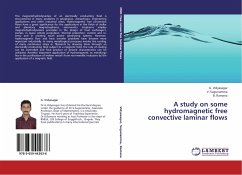Turbulent flows are generally forced and dissipative with fluxes of energy and enstrophy through the system. For such flows one must rely on direct numerical simulations or develop statistical closure theories. In order to describe the statistical behaviour of a turbulent flow the underlying non-linear dynamical equations must be averaged thereby producing an infinite hierarchy of moment equations. Statistical turbulence theory is principally concerned with the methods by which this moment hierarchy is closed and the subsequent dynamics of the closure equations. The most successful theories utilise formal renormalization techniques. The interaction of eddies with the topography generates topographic stresses responsible for the anticyclonic motion of mean flows over topographic features. A major impediment to the development of a closure capable of describing inhomogeneous turbulent flows has been how best to represent the eddy-mean field interactions. This book describes the development and implementation of an inhomogeneous closure which is shown to be in excellent agreement with ensemble averaged direct numerical simulations at all scales.
Bitte wählen Sie Ihr Anliegen aus.
Rechnungen
Retourenschein anfordern
Bestellstatus
Storno

